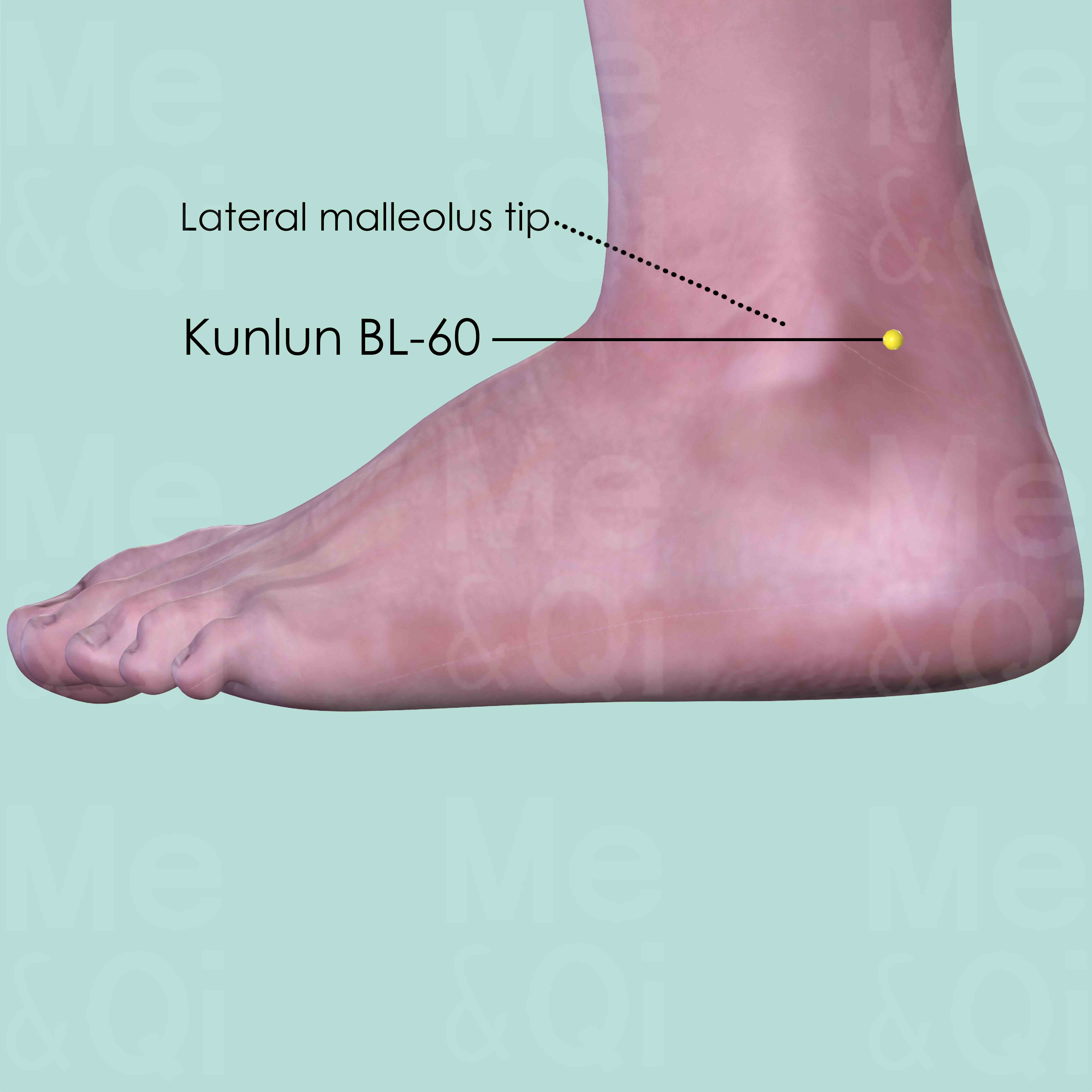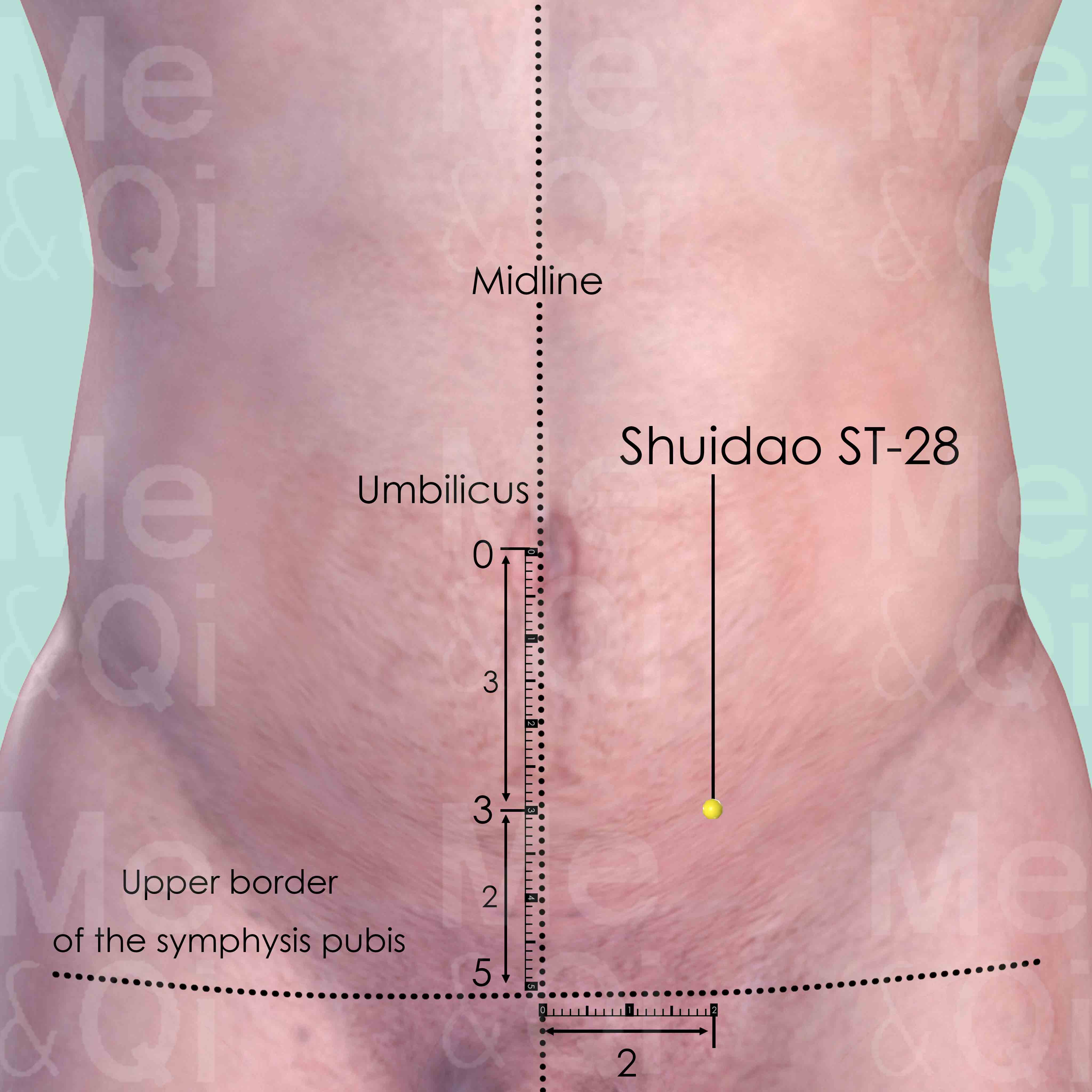Retained Placentaaccording to TCM
Symptom family: Postpartum issues
What is Retained Placenta?
Retained placenta is a medical condition occurring after childbirth where the placenta, or a part of it, remains in the uterus instead of being expelled naturally. This can lead to complications such as infection or hemorrhage. It’s a critical condition that requires prompt medical attention to prevent further health risks to the mother.
How does TCM view Retained Placenta?
In Traditional Chinese Medicine (TCM), retained placenta is often attributed to a disharmony in the body’s energy flow post-delivery. TCM views this condition as a result of Qi (vital energy) and Blood Stagnation within the uterus. The focus is on restoring the balance and flow of Qi and Blood to facilitate the natural expulsion of the placenta and promote healing.
Causes of Retained Placenta According to TCM
In Traditional Chinese Medicine (TCM), retained placenta is often attributed to specific patterns of disharmony. One common cause is Blood Stagnation, where the Blood fails to circulate properly in the uterine area. This can lead to a retained placenta due to the lack of movement and flow. Formulas like Di Dang Tang, which includes leeches as a key ingredient, are used in these situations to invigorate the blood and resolve stagnation.
Another TCM pattern associated with retained placenta is Qi Stagnation, especially in the Liver Channel. This condition is characterized by the Qi, or vital energy, not flowing freely through the body, affecting the uterine function. Formulas such as Xiao Yao San, with herbs like Bupleurum, can be effective in smoothing and regulating the flow of Qi, thereby assisting in the resolution of retained placenta. These approaches focus on restoring balance and ensuring the free flow of Qi and Blood, vital for postpartum recovery.
TCM Herbal Formulas for Retained Placenta
TCM recommends several formulas for treating retained placenta. Di Dang Tang, containing leeches (Shui Zhi), is used for Blood Stagnation. Gui Zhi Fu Ling Wan, with cinnamon twigs (Gui Zhi), treats Blood Stagnation in the uterus.
Tao He Cheng Qi Tang, featuring peach kernels (Tao Ren), is used for Blood Stagnation in the Lower Burner. These formulas aim to invigorate blood flow and dispel stagnation, facilitating the natural process of placental expulsion.
Acupoints for Retained Placenta
In Traditional Chinese Medicine, acupoints like Kunlun BL-60, located near the Achilles tendon, and Zhiyin BL-67 on the little toe, are significant for treating retained placenta. These points are known for inducing labor and expelling wind. Qichong ST-30 and Shuidao ST-28, both below the umbilicus, are also utilized for invigorating blood and Qi in the lower burner.
Additionally, Gongsun SP-4, found near the base of the first metatarsal bone, is valuable for its ability to harmonize the spleen and regulate menstruation, aiding in the management of retained placenta.
Explore below some TCM herbal formulas used to address retained placenta, organized by formula type.
- By Formula Type
- Formulas that invigorate blood and dispel blood stagnation
Formulas that invigorate Blood and dispel Blood Stagnation
Retained placenta can be treated by these formulas if it arises from poor blood circulation or stagnation of blood, which often manifests in pain or swelling.
One such formula is Di Dang Tang, with leech as a key herb.
Other formulas of this category are listed in the table below.
All "formulas that invigorate blood and dispel blood stagnation" recommended for retained placenta
Acupoints for Retained Placenta
Explore below some acupoints used to address retained placenta, organized by meridian.
- By Meridian
- Bladder Channel
- Stomach Channel
- Spleen Channel
- Gall Bladder Channel
- Directing Vessel
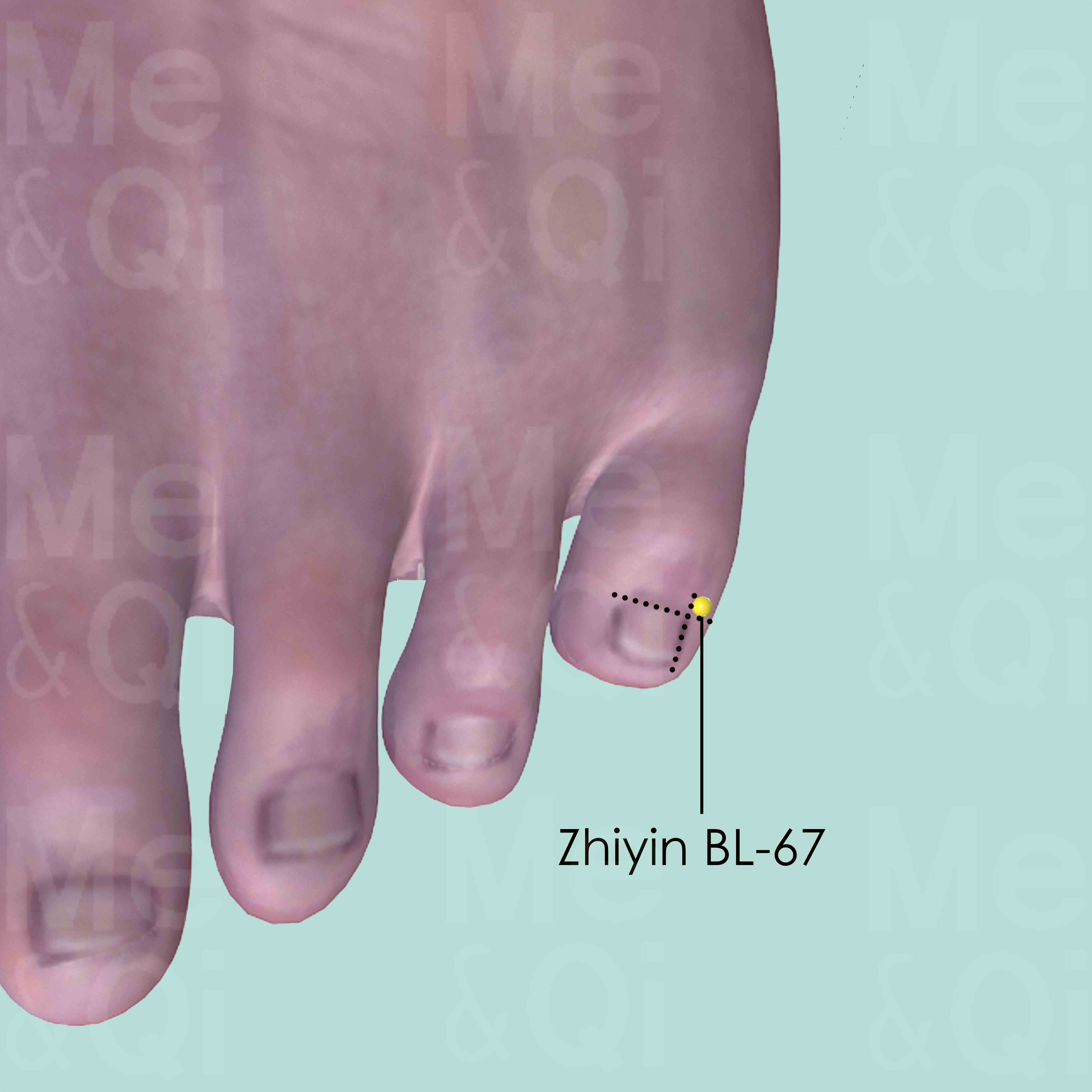
Zhiyin BL-67
On the lateral side of the little toe, about 0.1 cun posterior to the corner of the nail.
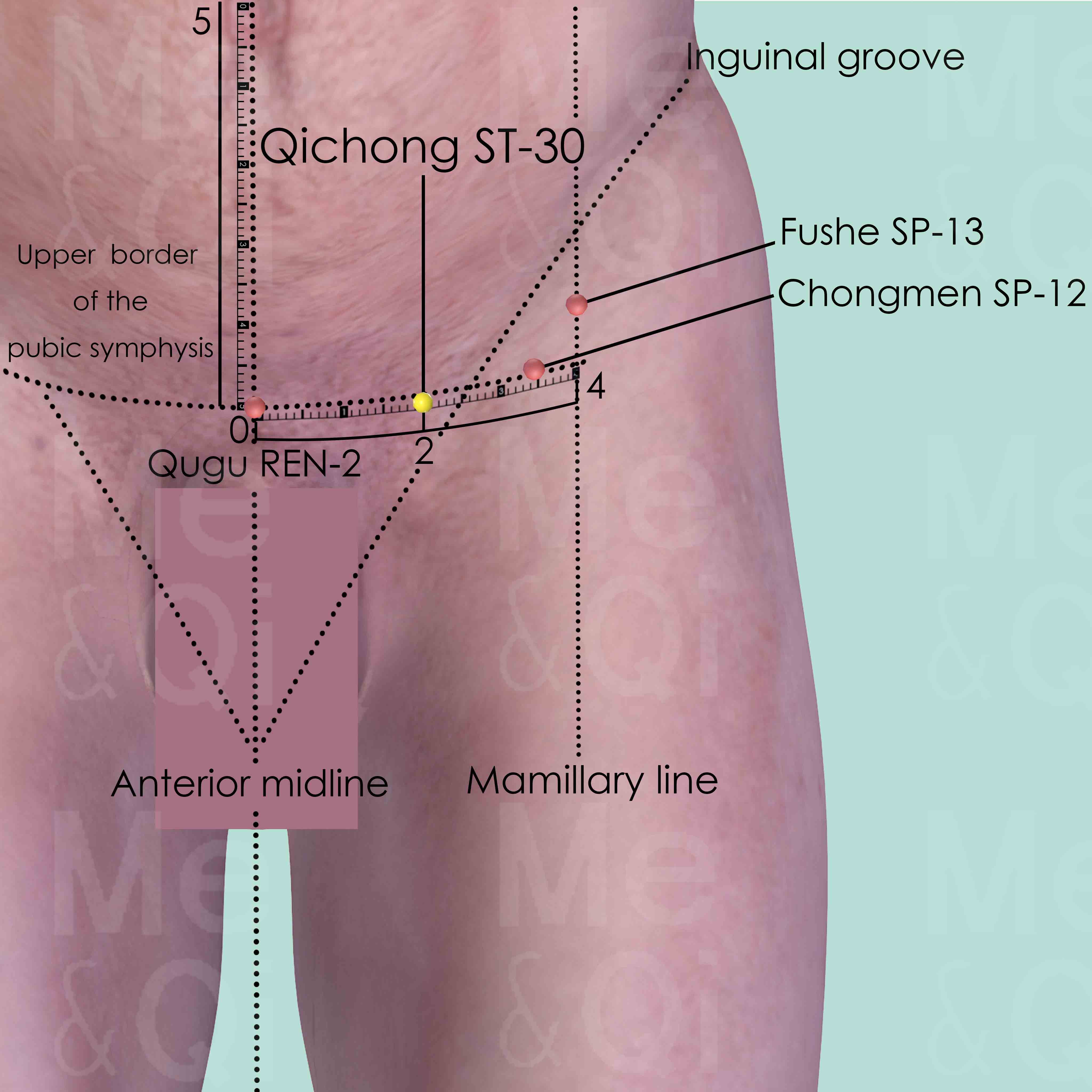
Qichong ST-30
5 cun below the umbilicus, 2 cun lateral to the anterior midline, superior to the inguinal groove, on the medial side of the femoral artery, nerve and vein.
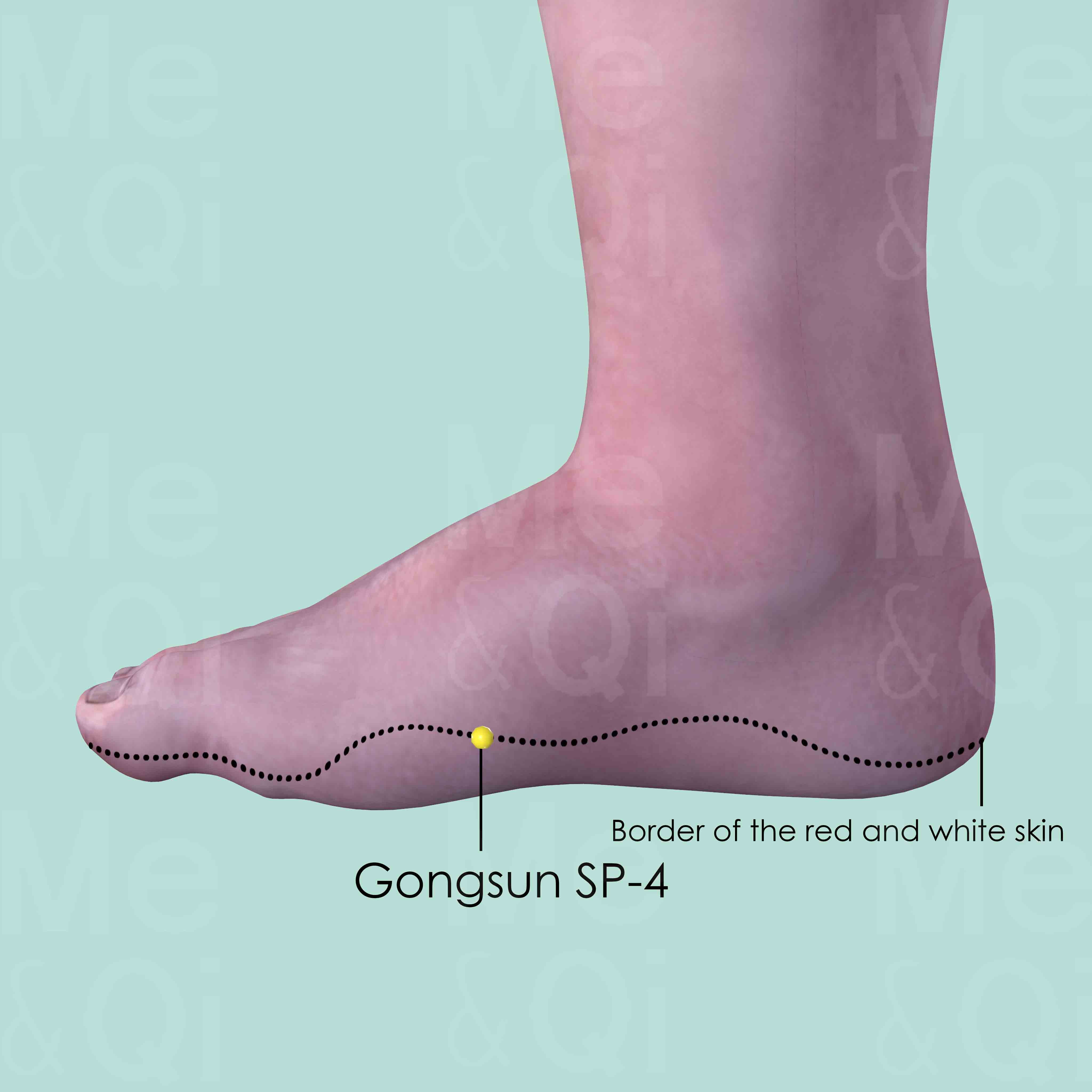
Gongsun SP-4
In the depression distal and inferior to the base of the 1st metatarsal bone, at the border of the red and white skin.
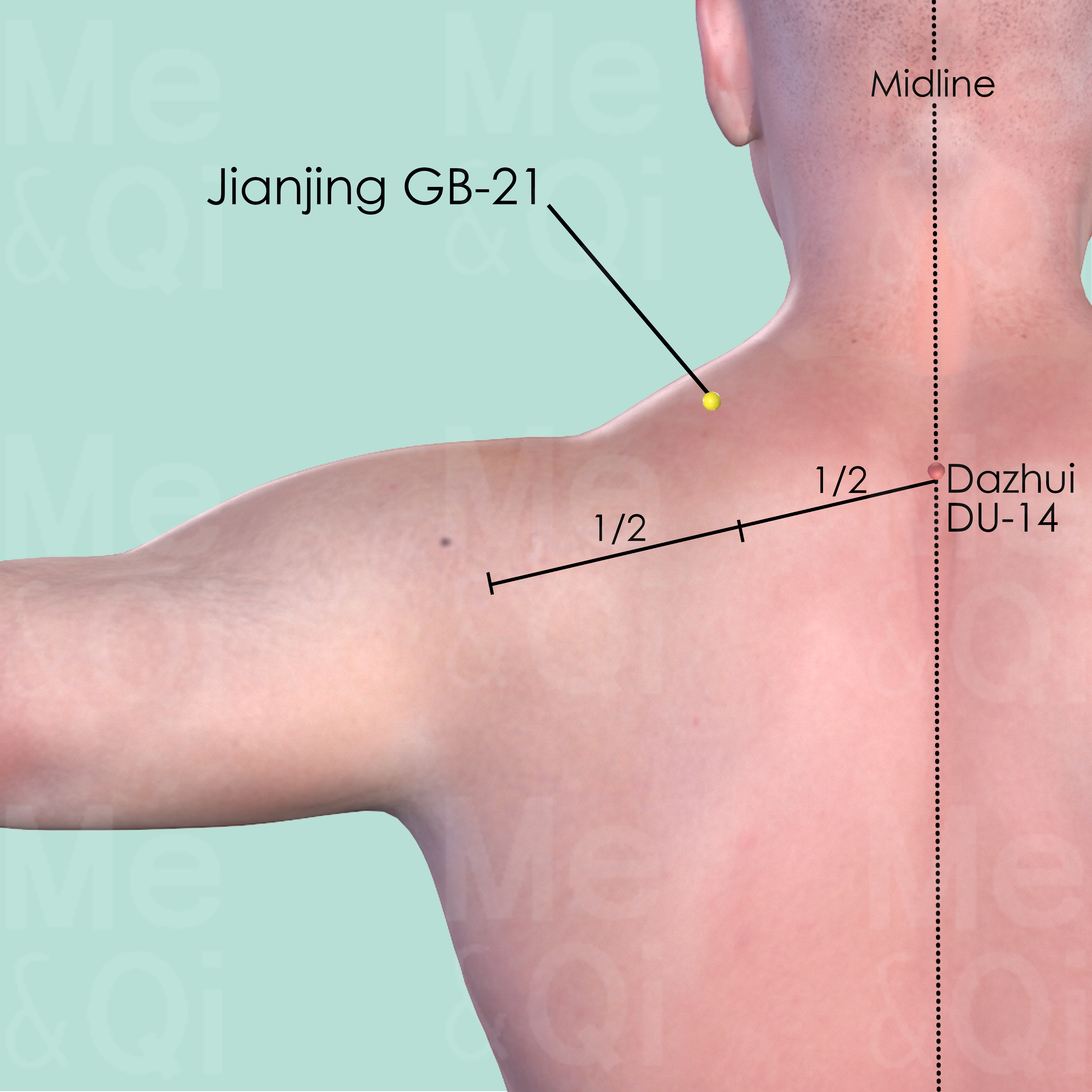
Jianjing GB-21
Midway between Dazhui DU-14 and the lateral extremity of the acromion, at the highest point of the shoulder.
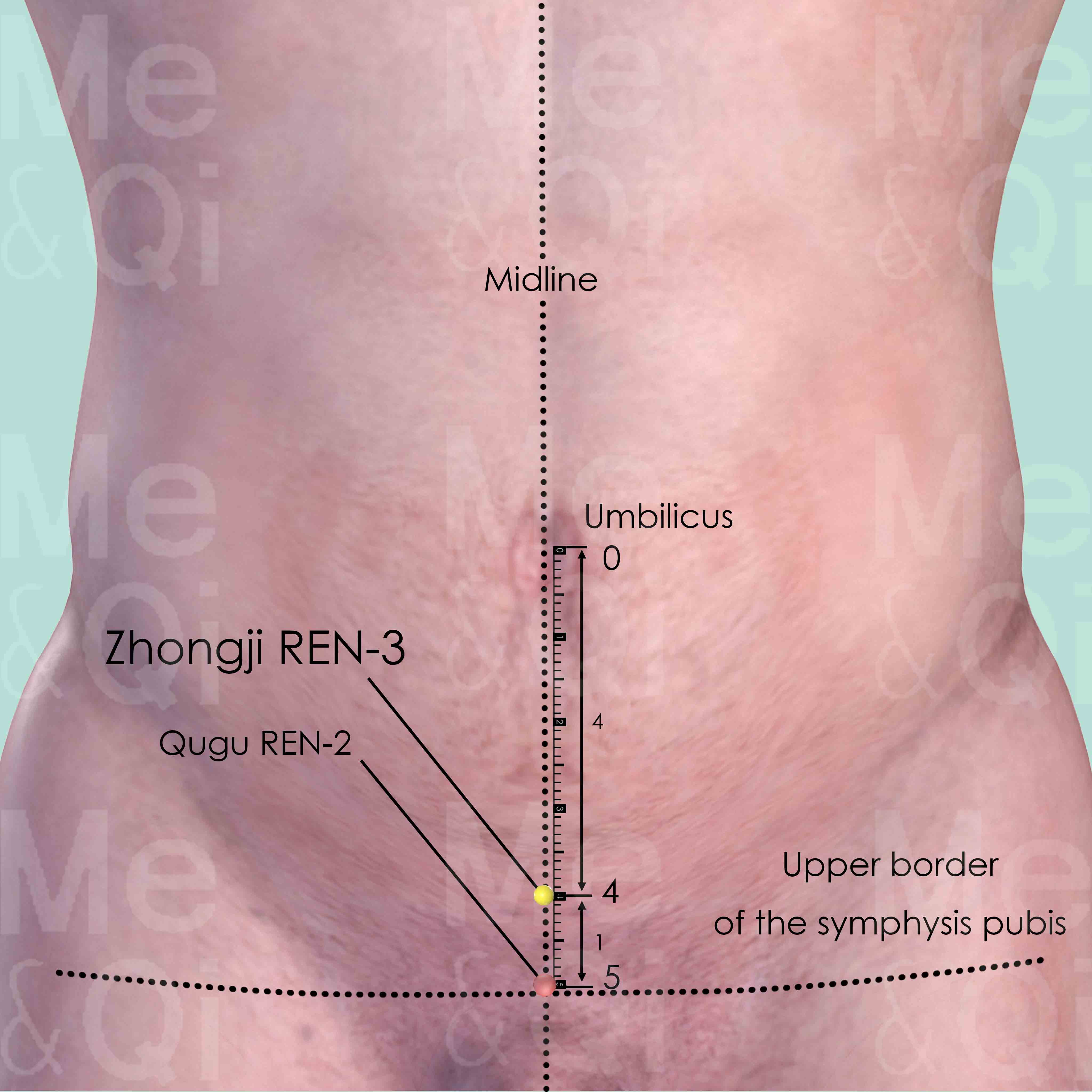
Zhongji REN-3
On the anterior midline, 4 cun below the umbilicus, 1 cun above Qugu REN-2, which is located at the upper border of the symphysis pubis.
TCM Herbs for Retained Placenta
Explore below some TCM herbs used to address retained placenta, organized by herb category.
- By Herb Category
- Herbs that invigorate the blood
- Warm/Acrid herbs that release the exterior
- Herbs that drain dampness
- Purgative herbs that drain downward
Herbs that invigorate the Blood
Retained placenta can be treated by these herbs when it stems from stagnation or poor circulation of blood, helping to improve blood flow and alleviate related discomfort.
One such herb is Leeches (Shui Zhi), a key herb in some formulas recommended for retained placenta, like Di Dang Tang.
Other herbs of this category are listed in the table below.
"Herbs that invigorate the Blood" recommended for retained placenta
| Herb | Formulas they belong to (if applicable) |
|---|---|
| Leeches (Shui Zhi) | Di Dang Tang |
| Tabanus Horseflies (Meng Chong) | Di Dang Tang |
| Peach Kernels (Tao Ren) | Tao He Cheng Qi Tang |
Warm/Acrid herbs that release the Exterior
Retained placenta can be treated by these herbs when there is a need to dispel external cold and warm the body, especially in cases where there is insufficient Yang energy internally.
One such herb is Cinnamon Twigs (Gui Zhi), a key herb in some formulas recommended for retained placenta, like Gui Zhi Fu Ling Wan.
Herbs that drain Dampness
Retained placenta can be treated by these herbs when caused by excessive dampness in the body, aiding in eliminating damp through diuretic action.
One such herb is Poria-Cocos Mushrooms (Fu Ling), a key herb in some formulas recommended for retained placenta, like Gui Zhi Fu Ling Wan.
Purgative herbs that drain downward
Retained placenta can be treated by these herbs in cases of severe constipation or internal heat, using strong downward movement to purge accumulation.
One such herb is Rhubarb (Da Huang), a key herb in some formulas recommended for retained placenta, like Tao He Cheng Qi Tang.

